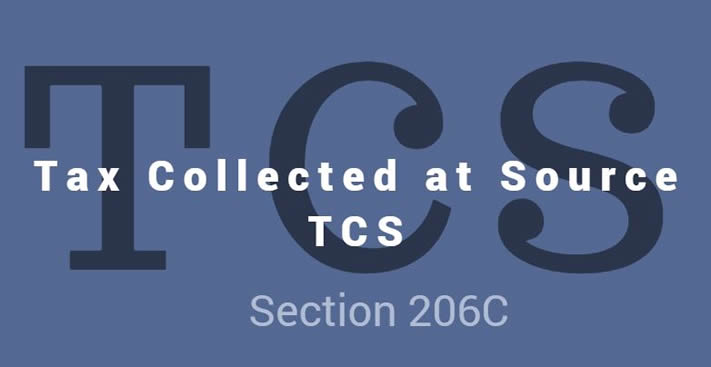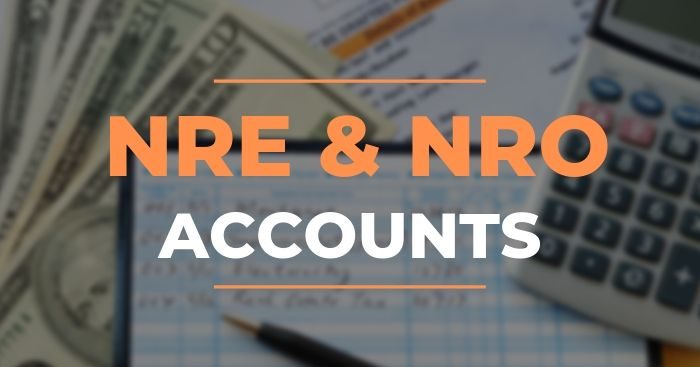Pranav Singla
The Liberalised Remittance Scheme (LRS) is a scheme introduced by the Reserve Bank of India (RBI) in 2004. The scheme allows resident individuals to remit up to USD 2,50,000 per financial year (April-March) for any permitted current or capital account transaction or a combination of both. The scheme is not available to corporates, partnership firms, HUF, trusts, etc.
The LRS limit has been revised in stages consistent with prevailing macro and micro economic conditions.
From, till date, the LRS limit has been revised multiple times.
| Date of revision of limit | LIMIT (USD) |
| February 4, 2004 | 25,000 |
| December 20, 2006 | 50,000 |
| May 8, 2007 | 1,00,000 |
| September 26, 2007 | 2,00,000 |
| August 14, 2013 | 75,000 |
| June 3, 2014 | 1,25,000 |
| May 26, 2015 | 2,50,000 |
The LRS is available to all resident individuals, including minors. In the case of a remitter being a minor, the Form A2 must be countersigned by the minor’s natural guardian. Remittances under the scheme can be consolidated in respect of family members subject to individual family members complying with its terms and conditions. However, clubbing is not permitted by other family members for capital account transactions such as opening a bank account/investment if they are not the co-owners/co-partners of the overseas bank account/investment.
Remittances for the purchase of property shall be in accordance with the provisions under paragraph 6(ii). Further, a resident cannot gift to another resident, in foreign currency, for the credit of the latter’s foreign currency account held abroad under LRS.
All other transactions that are otherwise not permissible under the Foreign Exchange Management Act (FEMA) and those in the nature of remittance for margins or margin calls to overseas exchanges/overseas counterparty are not allowed under the scheme.
The permissible capital account transactions by an individual under LRS are opening a foreign currency account abroad with a bank; acquisition of immovable property abroad; Overseas Direct Investment (ODI) and Overseas Portfolio Investment (OPI), in accordance with the provisions contained in Foreign Exchange Management (Overseas Investment) Rules, 2022, Foreign Exchange Management (Overseas Investment) Regulations, 2022 and Foreign Exchange Management (Overseas Investment) Directions, 2022; and extending loans including loans in Indian Rupees to Non-resident Indians (NRIs) who are relatives as defined in Companies Act, 2013.
The limit of USD 2,50,000 per financial year (FY) under the scheme also includes/subsumes remittances for current account transactions available to resident individuals under Para 1 of Schedule III to Foreign Exchange Management (Current Account Transactions) Amendment Rules, 2015 dated May 26, 2015. Release of foreign exchange exceeding USD 2,50,000 requires prior permission from the Reserve Bank of India.
For private visits abroad, other than to Nepal and Bhutan, any resident individual can obtain foreign exchange up to an aggregate amount of USD 2,50,000 from an Authorised Dealer or FFMC in any one financial year irrespective of the number of visits undertaken during the year. Further, all tour-related expenses including cost of rail/road/water transportation; cost of Euro Rail; passes/tickets, etc. outside India; and overseas hotel/lodging expenses shall be subsumed under the LRS limit. The tour operator can collect this amount either in Indian rupees or in foreign currency from the resident traveller.
Any resident individual may remit up-to USD 2,50,000 in one FY as a gift to a person residing outside India or as a donation to an organization outside India. A person going abroad for employment can draw foreign exchange up to USD 2,50,000 per FY from any Authorised Dealer in India. A person wanting to emigrate can draw foreign exchange from AD Category I bank and AD Category II up to the amount prescribed by the country of emigration or USD 250,000. Remittance of any amount of foreign exchange outside India in excess of this limit may be allowed only towards meeting incidental expenses in the country of immigration and not for earning points or credits to become eligible for immigration by way of overseas investments in government bonds; land; commercial enterprise; etc.








